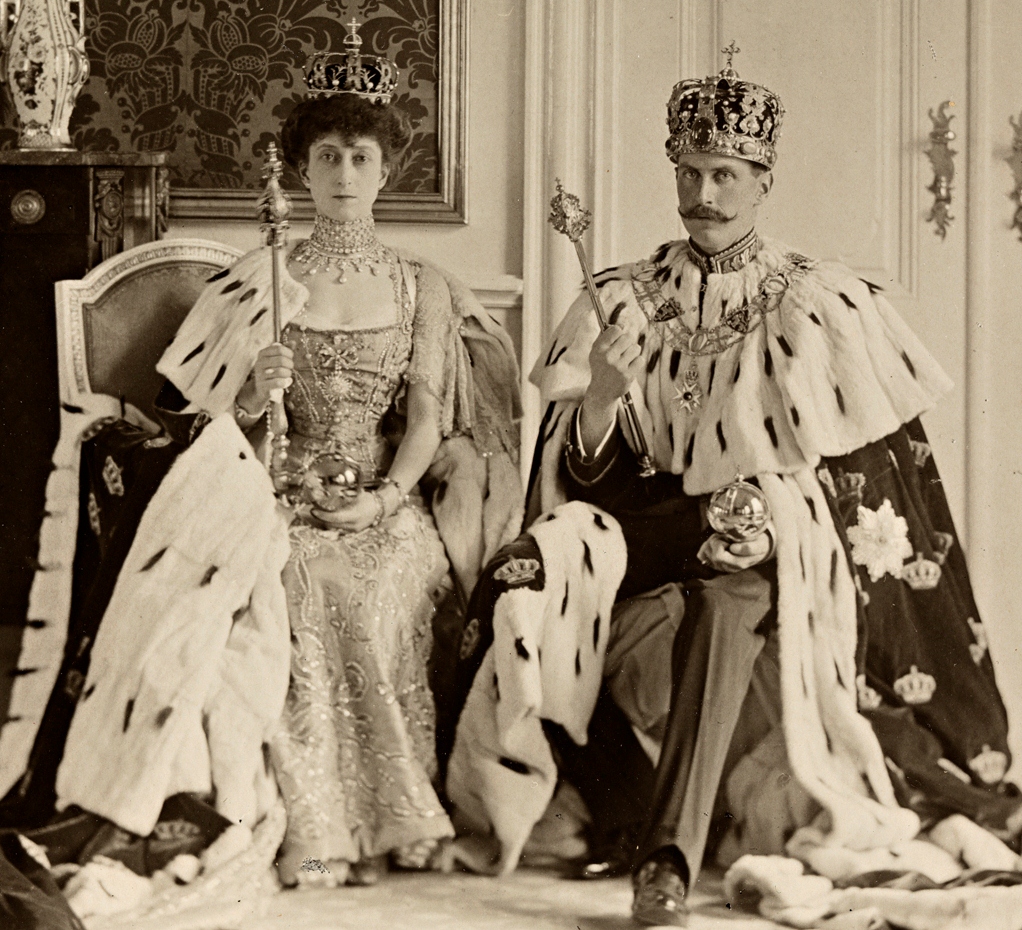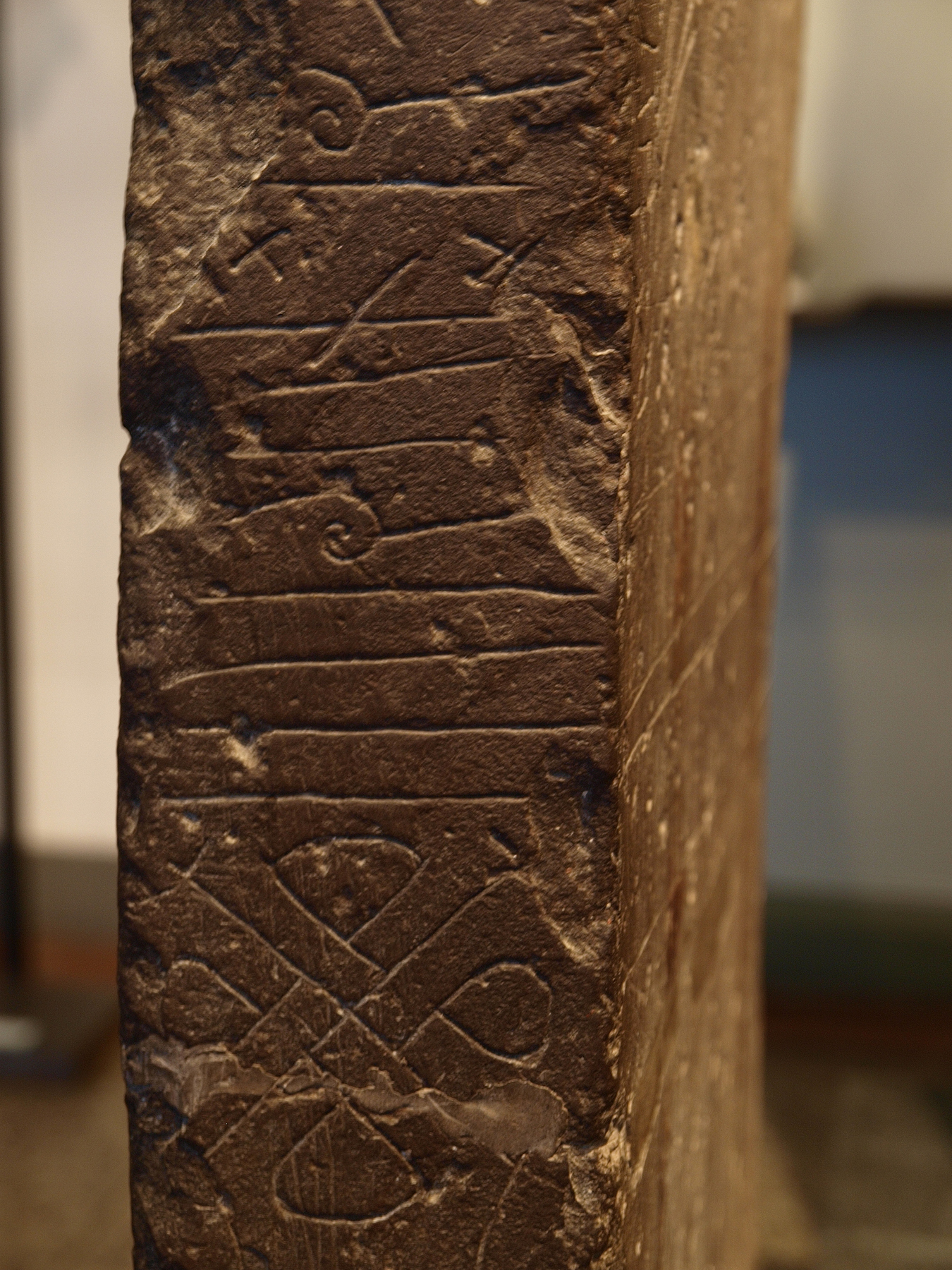|
Sverresborg
Sverresborg (Norwegian:''Sverresborg i Trondheim'') or ''Sverre Sigurdsson's castle'' (''Kong Sverres borg'') was a fort and residence built in the medieval city of Nidaros (later Trondheim) by King Sverre Sigurdsson. The fortification was built in support of Sverre Sigurdsson's struggle against his rival King Magnus Erlingsson to claim the throne of Norway. The site now forms part of the Sverresborg Trøndelag Folk Museum, an open-air museum for the region of Trøndelag. Location Defense of the city of Trondheim and the location of Sverresborg was based on three key topographical features: #The city is located on a peninsula bordered on the east and south by the river Nidelva and on the north by the Trondheimsfjord #The neck connecting the peninsula to the mainland was quite narrow and could be easily fortified #A glacially-carved-rock hill just to the south dominates the city and provides an easily fortified site (location of Sverresborg) Heklungs War In 1177, Sverre Sigurd ... [...More Info...] [...Related Items...] OR: [Wikipedia] [Google] [Baidu] |
Trondheim
Trondheim ( , , ; sma, Tråante), historically Kaupangen, Nidaros and Trondhjem (), is a city and municipality in Trøndelag county, Norway. As of 2020, it had a population of 205,332, was the third most populous municipality in Norway, and was the fourth largest urban area. Trondheim lies on the south shore of Trondheim Fjord at the mouth of the River Nidelva. Among the major technology-oriented institutions headquartered in Trondheim are the Norwegian University of Science and Technology (NTNU), the Foundation for Scientific and Industrial Research (SINTEF), and St. Olavs University Hospital. The settlement was founded in 997 as a trading post, and it served as the capital of Norway during the Viking Age until 1217. From 1152 to 1537, the city was the seat of the Catholic Archdiocese of Nidaros; it then became, and has remained, the seat of the Lutheran Diocese of Nidaros, and the site of the Nidaros Cathedral. It was incorporated in 1838. The current municipality wa ... [...More Info...] [...Related Items...] OR: [Wikipedia] [Google] [Baidu] |
Sverre Sigurdsson
Sverre Sigurdsson ( non, Sverrir Sigurðarson) (c. 1145/1151 – 9 March 1202) was the king of Norway from 1184 to 1202. Many consider him one of the most important rulers in Norwegian history. He assumed power as the leader of the rebel party known as the Birkebeiner in 1177, during their struggle against King Magnus Erlingsson. After Magnus fell at the Battle of Fimreite in 1184, Sverre ruled as sole king of Norway. Differences with the Church, however, led to his excommunication in 1194. Another civil war began against the church-supported Baglers, which lasted beyond Sverre's death in 1202. The most important historical source on Sverre's life is his biography, the '' Sverris saga'', in part written while Sverre was alive. This saga is likely biased, since the foreword states that part was written under Sverre's direct sponsorship. Correspondence between the pope and the Norwegian bishops can be used as an alternate source when it comes to church affairs. The saga and the ... [...More Info...] [...Related Items...] OR: [Wikipedia] [Google] [Baidu] |
Norwegian Fortresses
Norwegian fortresses or fortifications have been constructed from some of the earliest recorded periods, down through the 20th century. The geography and topography of glacially carved, mountainous Norway constrain both the sea and the land routes which an aggressor must follow. Natural strong-points, such as rock outcroppings at Halden, Tønsberg and Trondheim make excellent bases for fortification (i.e., natural fortresses). Fortifications evolved to accommodate the offensive threat which they guard against. Early castles provided a strong defense against the attack of the day, and were normally taken by duplicity or siege. In the age of black powder, cannon allowed breaching of the fortress walls and subsequent taking by storm. As a result, fortresses changed form, now incorporating design features like the bastion, ravelin, and glacis to allow cannon within the fortress to be effective while protecting the walls and defenders from external attack. This evolution of technolog ... [...More Info...] [...Related Items...] OR: [Wikipedia] [Google] [Baidu] |
King Of Norway
The Norwegian monarch is the head of state of Norway, which is a constitutional and hereditary monarchy with a parliamentary system. The Norwegian monarchy can trace its line back to the reign of Harald Fairhair and the previous petty kingdoms which were united to form Norway; it has been in unions with both Sweden and Denmark for long periods. The present monarch is King Harald V, who has reigned since 17 January 1991, succeeding his father, Olav V. The heir apparent is his only son, Crown Prince Haakon. The crown prince undertakes various public ceremonial functions, as does the king's wife, Queen Sonja. The crown prince also acts as regent in the king's absence. There are several other members of the royal family, including the king's daughter, grandchildren and sister. Since the dissolution of the union between Norway and Sweden and the subsequent election of a Danish prince as King Haakon VII in 1905, the reigning royal house of Norway has been a branch of the Sc ... [...More Info...] [...Related Items...] OR: [Wikipedia] [Google] [Baidu] |
Bergen, Norway
Bergen (), historically Bjørgvin, is a city and municipality in Vestland county on the west coast of Norway. , its population is roughly 285,900. Bergen is the second-largest city in Norway. The municipality covers and is on the peninsula of Bergenshalvøyen. The city centre and northern neighbourhoods are on Byfjorden, 'the city fjord', and the city is surrounded by mountains; Bergen is known as the "city of seven mountains". Many of the extra-municipal suburbs are on islands. Bergen is the administrative centre of Vestland county. The city consists of eight boroughs: Arna, Bergenhus, Fana, Fyllingsdalen, Laksevåg, Ytrebygda, Årstad, and Åsane. Trading in Bergen may have started as early as the 1020s. According to tradition, the city was founded in 1070 by King Olav Kyrre and was named Bjørgvin, 'the green meadow among the mountains'. It served as Norway's capital in the 13th century, and from the end of the 13th century became a bureau city of the Hansea ... [...More Info...] [...Related Items...] OR: [Wikipedia] [Google] [Baidu] |
Sverris Saga
''Sverris saga'' is one of the Kings' sagas. Its subject is King Sverre Sigurdsson of Norway (r. 1177–1202) and it is the main source for this period of Norwegian history. As the foreword tells us, the saga in its final form consists of more than one part. Work first began in 1185 under the king’s direct supervision. It is not known when it was finished, but presumably it was well known when Snorri Sturluson began writing his ''Heimskringla'' in the 1220s since Snorri ends his account where ''Sverris saga'' begins. Thus the saga is contemporary or near-contemporary with the events it describes. The saga is obviously written by someone sympathetic to Sverre’s cause, but the strict demands of the genre ensure some degree of impartiality. Authorship and composition The first distinct part of the saga is called ''Grýla'' and describes the events until the aftermath of Sverre's first major victory at the Battle of Kalvskinnet (''slaget på Kalvskinnet'') outside Nidaros i ... [...More Info...] [...Related Items...] OR: [Wikipedia] [Google] [Baidu] |
Battle Of Fimreite
The Battle of Fimreite (Norwegian: ''Slaget ved Fimreite'') was a naval battle fought on June 15, 1184, between King Magnus Erlingsson and the Birkebeiner supported Sverre Sigurdsson. At this time in Norwegian history it was extremely common for there to be changes in leadership, and political coups were often conducted to establish a new ruler. This inevitably led to the naval battle between Sverre Sigurdsson and Magnus Erlingsson that resulted in Magnus being defeated and killed in the battle, and Sverre usurping the Norwegian throne. Similarly, this battle also had long lasting effects on Norway as a whole. As stated previously, Norway was very volatile during this time, however, the result of this battle led to the installation of Sverre and a lasting effect on Norway's leadership. Sverre would go on to rule from 1184 to 1202, making him one of the longest standing sovereign kings in Norway's twelfth and thirteenth century. His leadership along with Norway's recent conversion to ... [...More Info...] [...Related Items...] OR: [Wikipedia] [Google] [Baidu] |
Ringerike (traditional District)
Ringerike is a traditional district in Norway, commonly consisting of the municipalities Hole and Ringerike in Buskerud county. In older times, Ringerike had a larger range which went westward to the municipalities Krødsherad, Modum, and Sigdal, also in Buskerud. Ringerike has a rich history that is connected with one of the most notable kings in the history of Norway, the father of King Harald Fairhair Halfdan the Black, who subdued Gandalf, King of Alfheim and half of Vingulmork, and the Dagling clan. Gandalf was possibly the last king of Ringerike, whose name is given to the eponymous King Hring, son of Raum the Old (cf. Romerike), son of Nór (the eponymous ancestor of Norwegians), according to the Sagas of the ancient Northernlands, better known as the Orkneyinga saga. It is possible that this, as the name suggests, was the legendary heartland of the House of Sigurd Hring and Ivar the Wide-Fathoming. There are also many archaeological remains in the area, dating ... [...More Info...] [...Related Items...] OR: [Wikipedia] [Google] [Baidu] |
Lent
Lent ( la, Quadragesima, 'Fortieth') is a solemn religious observance in the liturgical calendar commemorating the 40 days Jesus spent fasting in the desert and enduring temptation by Satan, according to the Gospels of Matthew, Mark and Luke, before beginning his public ministry. Lent is observed in the Anglican, Eastern Orthodox, Lutheran, Methodist, Moravian, Oriental Orthodox, Persian, United Protestant and Roman Catholic traditions. Some Anabaptist, Baptist, Reformed (including certain Continental Reformed, Presbyterian and Congregationalist churches), and nondenominational Christian churches also observe Lent, although many churches in these traditions do not. Which days are enumerated as being part of Lent differs between denominations (see below), although in all of them Lent is described as lasting for a total duration of 40 days. In Lent-observing Western Churches, Lent begins on Ash Wednesday and ends approximately six weeks later; depending on the Chri ... [...More Info...] [...Related Items...] OR: [Wikipedia] [Google] [Baidu] |




